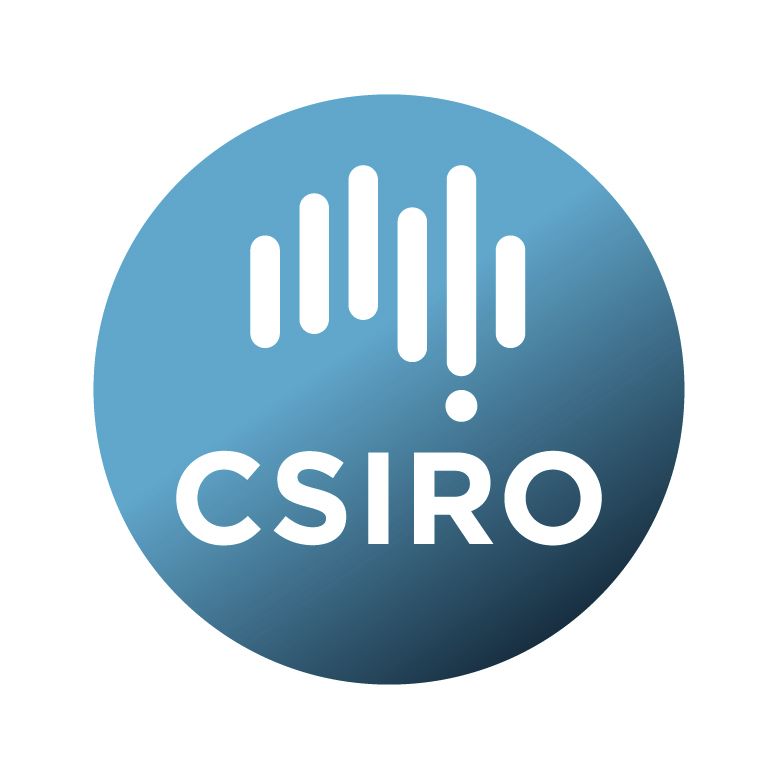Brief description
This is a dataset comprising the outputs and metadata for quantifying groundwater recharge in the NSW coalfields (Sydney, Gunnedah and Gloucester basins) and a wider area of study (Sydney basins, Great Artesian Basin groundwater system.)In addition to the outputs contained in this dataset, machine learning scripts relevant to upscaling methods have been included. A sub-directory is also included containing relevant metadata records for source data used in the projects.
The data was produced to fulfil one internal project (EP 2022-2355, Interchange) and two external projects (EP 2022-1381, ACARP; EP 2022-1715, Geoscience Australia)
Interchange - CSIRO Report EP 2022-2355:
The work synthesises the outcomes of three projects. The Australian Coal Association project C33037 predominantly covered the Sydney, Gunnedah and Gloucester basins, and is the subject of CSIRO report EP2022-1381 (A. Wilkins et al., 2022). The Geoscience Australia project predominantly covered the Great Artesian Basin (GAB), particularly the intake beds, and is the subject of CSIRO report EP2022-1715 (R. S. Crosbie et al., 2022). CSIRO’s Interchange project funded the remainder of the work, including creating a consistent, novel methodology and tying together results from the other two projects (see below.)
ACARP - CSIRO Report EP2022-1381
This report presents the results of the research work carried out under the Australian Coal Association Research Program (ACARP) project C33037 entitled “Quantifying recharge to groundwater systems in the NSW and Bowen Basin coalfields”. At the project kick-off meeting, it was decided by the monitors and researchers to focus on the NSW coalfields only, so this report discusses results for the Sydney, Gunnedah and Gloucester basins only. The purpose of this project is to estimate the rate of diffuse recharge via rainfall to groundwater systems. The rate of recharge (usually measured in mm/year) is a key ingredient to mines’ environmental impact assessments.
Geoscience Australia - CSIRO Report EP2022-1715
This report presents the results of the research work performed under a Geoscience Australia – CSIRO collaboration to calculate diffuse rainfall recharge to the Great Artesian Basin (GAB) groundwater system, with particular focus on the intake beds.
Lineage: 1) Characteristics of the study area:
Assessment of various features of the study area, including: basin extent, water resources, hydrostratigraphic surface geology, regolith depth, proportion of soil types (sand, silt, clay), topography (MrVBF, elevation), average rainfall, potential and actual evapotranspiration, aridity index, population density, vegetation (NDVI, LAI, vegetation height.)
Many of these features are used to upscale point-scale estimates of recharge obtained in observation boreholes to grids over the whole study area.
2) Methodology:
The methods used for this study is similar to the Bioregional Assessments (Russell S. Crosbie, Peeters, Herron, McVicar, & Herr, 2018) and Geological and Bioregional Assessment Projects (Russell S. Crosbie & Rachakonda, 2021) and included three steps:
a) Estimate recharge using CMB method
b) Regression kriging and upscaling
c) Evaluation and uncertainty
Available: 2024-01-24
Data time period: 2021-07-01 to 2022-06-17
Subjects
Earth Sciences |
Great Artesian Basin |
Groundwater Hydrology |
Groundwater recharge |
Hydrochemistry |
Hydrogeology |
Hydrology |
NSW coalfields |
User Contributed Tags
Login to tag this record with meaningful keywords to make it easier to discover
Identifiers
- DOI : 10.25919/K2RD-ZA46

- Local : 102.100.100/442322


